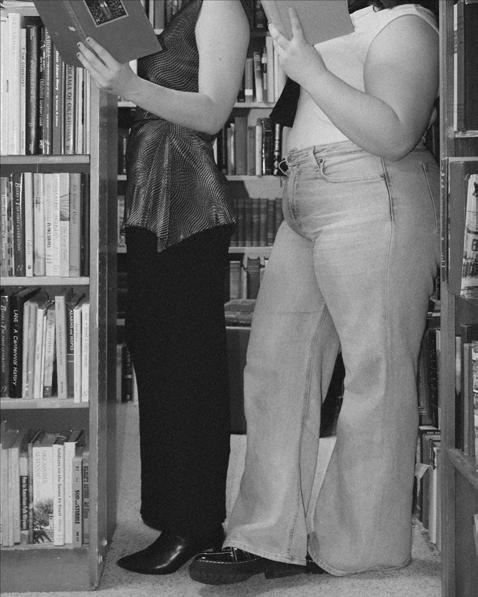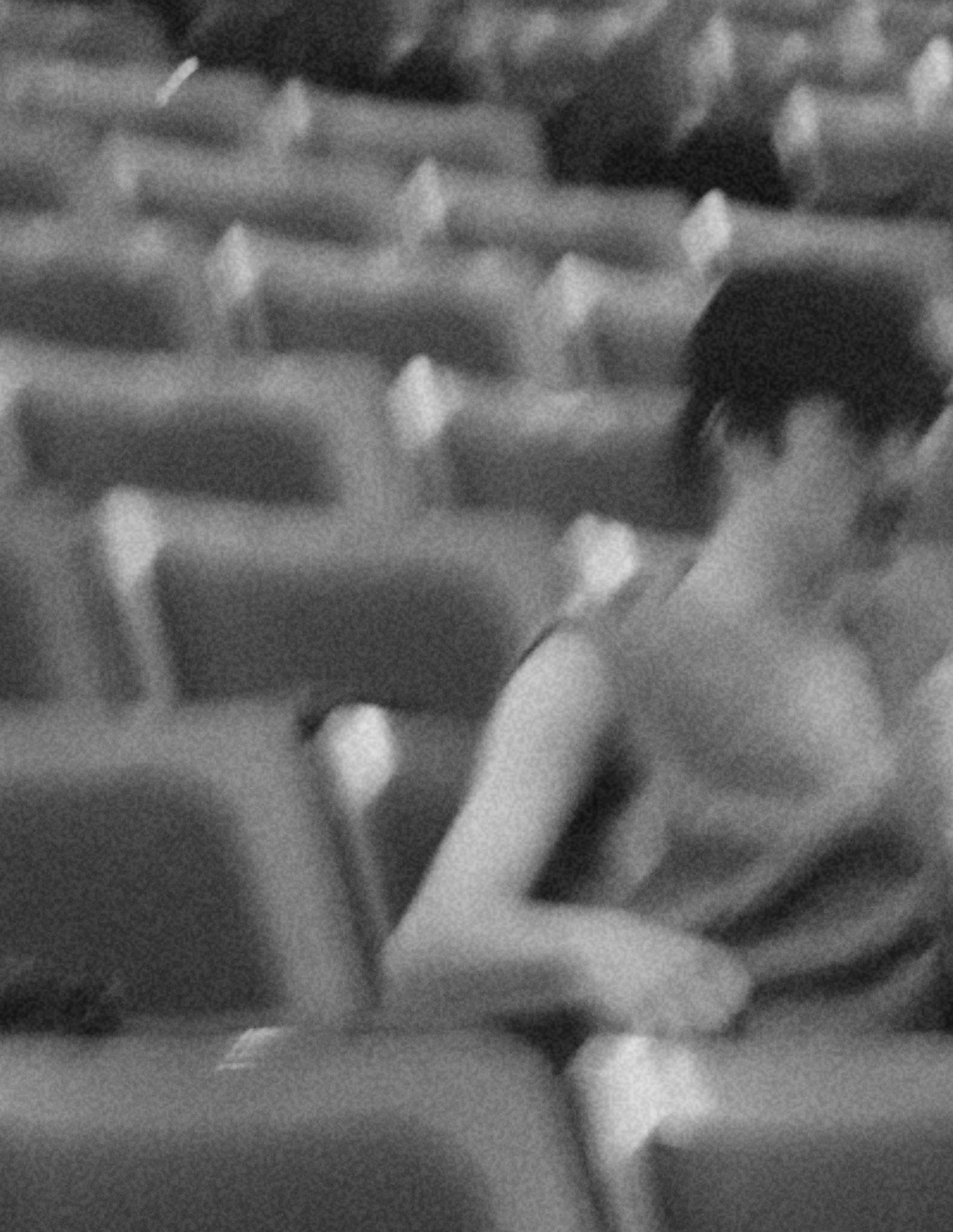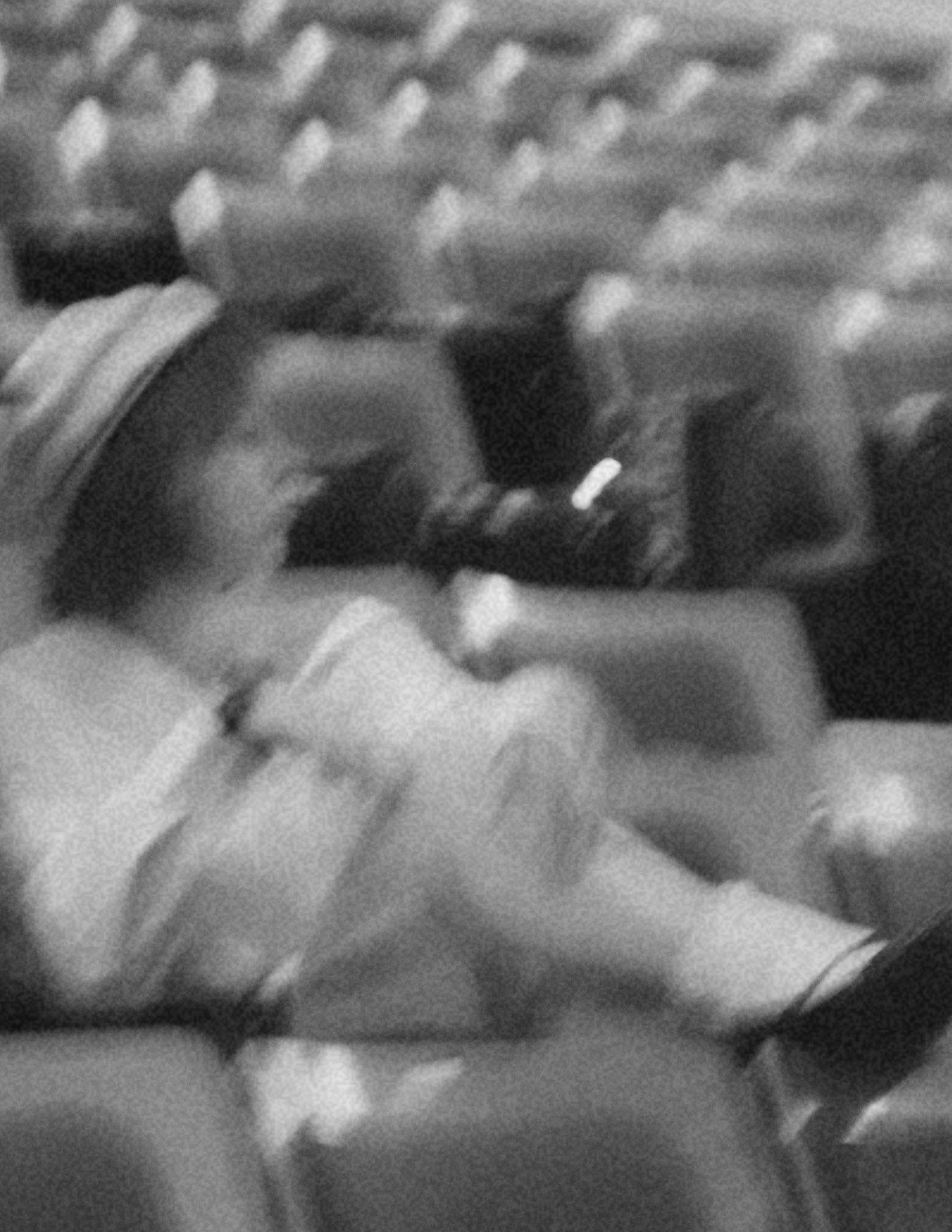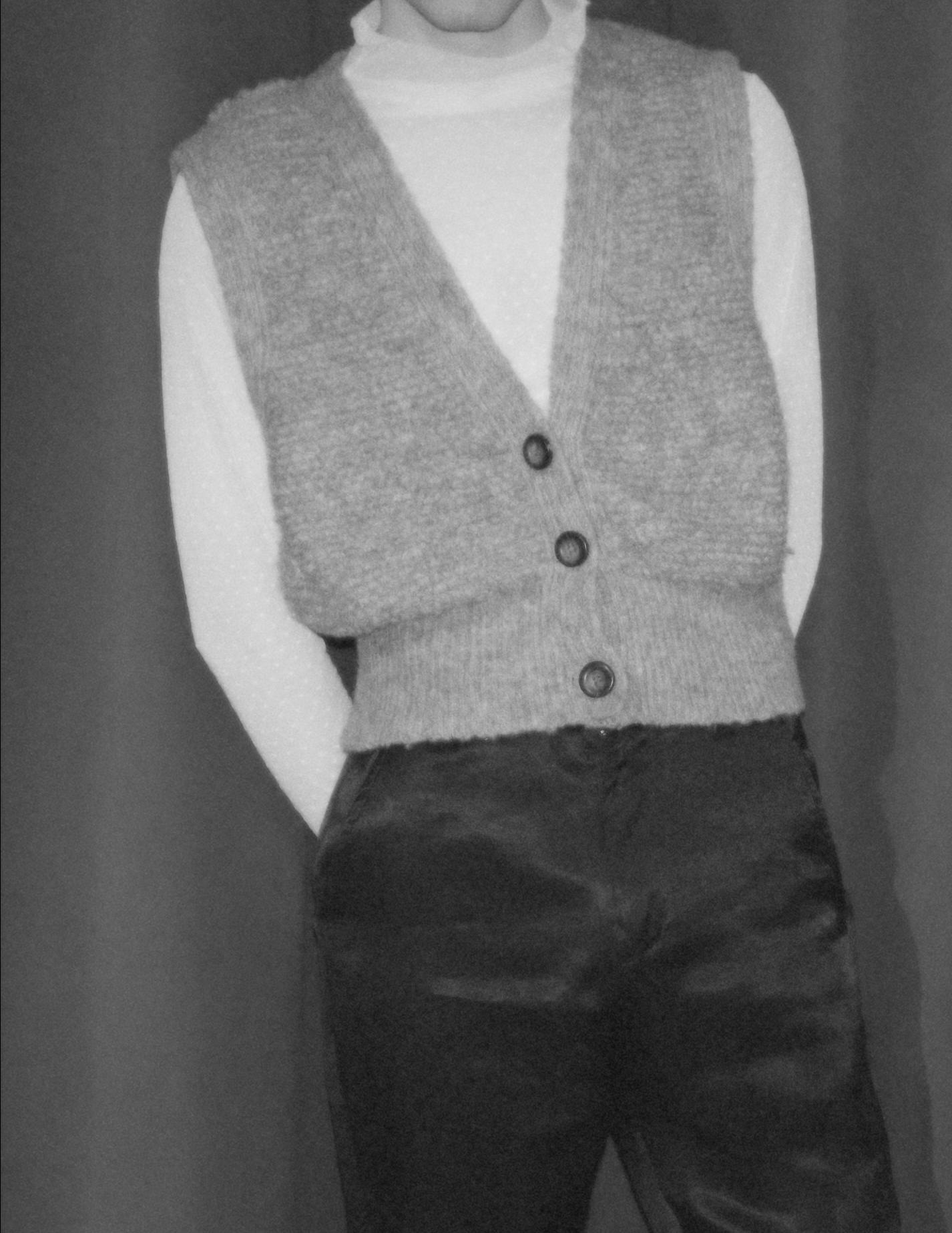
3 minute read
HOw the French New Wave Reset Film A Brief History
from modmuze April 2023
by modmuze


Advertisement
by Cooper Carr



The progression and growth of any art form is sure to include dozens of steps forward and sideways. New techniques and styles are always brought about in reaction to whatever is currently popular. Every vogue is followed by another one, sometimes a wildly different one. The history of film is no exception to this rule. The advent of moving pictures with sound, and the invention of colored film are undoubtedly the two most important technological moments and unlocked a world of new possibilities. These things were inevitable and soon became the norm and of course have not been abandoned. In terms of stylistic evolution though, perhaps no movement was as jarring and important as the French New Wave. The New Wave approach was back to basics visually but a leap forward in terms of the language of cinema.
The story goes like this. In the late 1940s or early 1950s, four young men frequented the Cinematheque Francaise in Paris. A full telling of the history is impossible here, but among those men were Jean-Luc Godard and Francois Truffaut. They didn’t know it, but they were soon to become two of the most influential voices in the history of cinema. Or maybe they did know it. The two became friends, or at least colleagues, and shared the experience of writing for Cahiers du Cinema, where they held no punches as they wrote reviews of films and critiqued the scene as a whole. There was a lot going on that they didn’t like. They had such strong feelings that it was only a matter of time before they started making movies of their own. They started by clearing away all the clutter and extravagance they didn’t need.
Godard and Truffaut’s debut tries, A bout de souffle (Breathless) and Les Quatre Cents Coups (The 400 Blows) respectively, were revelations. Breathless was unlike anything that had been seen before. It signaled the arrival of techniques that would be used for years to come. The style was perfect in its expression of ideas, and also necessary, because the young auteurs did not have much money with which to make their movies. Godard used jump cuts so they would go through less film. He let his actors improvise because he didn’t have the time to sit around writing. He used the camera as his pen be - cause he had so much to say. A decade earlier, a young critic named Alexandre Astruc had written an essay about the evolution of film. In it, he said this:
“Cinema is quite simply becoming a means of expression… After having been successively a fair-ground attraction, an amusement analogous to boulevard theatre, or a means of preserving the images of an era, it is gradually becoming a language.”
In 1960, Godard proved Astruc’s claims. Throughout the 60’s, he packed his thoughts and ideas into film after film. He used the screen to share his thoughts on government, philosophy, literature and more. He left very little on the screen that could distract from the ethos. At times, even the use of actors was a thin veil. One could picture Godard hunched over a typewriter, cigarette hanging from his lips, pounding out the words Jean-Paul Belmondo or Anna Karina was delivering. This was new, and it is still with us today in the movies of select writers and directors–those who are allowed to do it.
Truffaut’s debut embodied another aspect of the New Wave. Released in 1959, The 400 Blows was an intensely personal examination of his own childhood. It was likely more interesting to Truffaut himself than it was to anyone else. It is entertaining, but that’s not the point. It is a movie made for the maker. If you could picture Godard at his typewriter, then you could picture Truffaut sitting in the theater watching his own work, holding back tears. As time went on and the artists gained attention, they didn’t stray from the things that had led them to filmmaking. Godard kept making his characters sound out the thoughts in his own head. Truffaut continued making movies about his own life, releasing four more movies over the next twenty years that combine with The 400 Blows to comprise the Antoine Doinel series.

Over the course of the ‘60s and ‘70s, Godard and Truffaut were joined in their efforts by the likes of Eric Rohmer, Louis Malle, Jacques Rivette, Agnes Varda and others. To watch a New Wave film today is to travel back in time. The commentary contained often means nothing to the modern viewer. The references may fall on deaf ears. But some ideas and themes are timeless, and the films are often stunning in the simplicity with which they present those ideas. Watching your first New Wave movie could reset your palate for film, just as the slate was wiped clean by the directors in the ‘60s, and the future was better for it.








